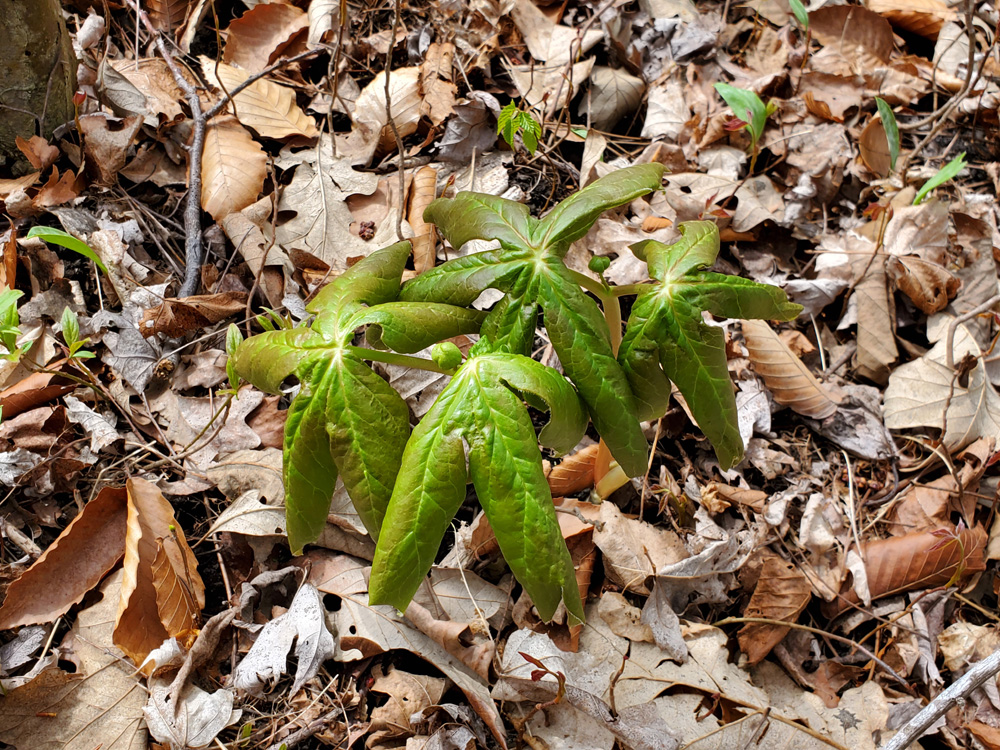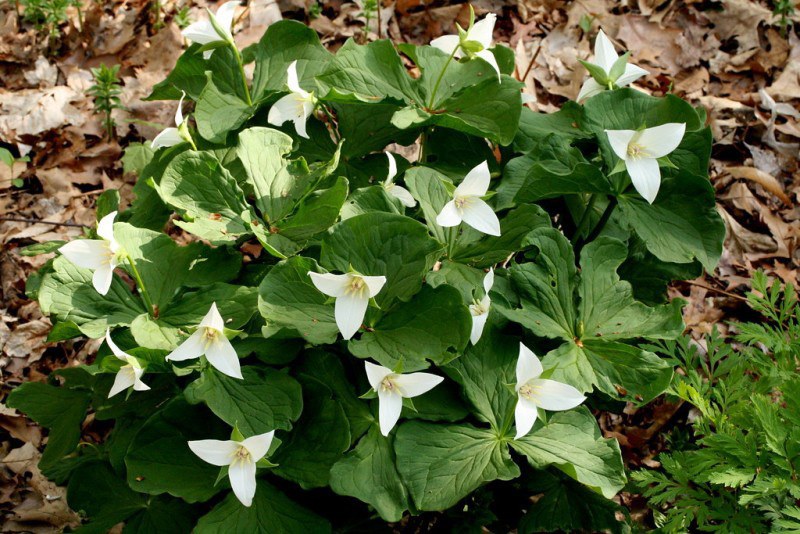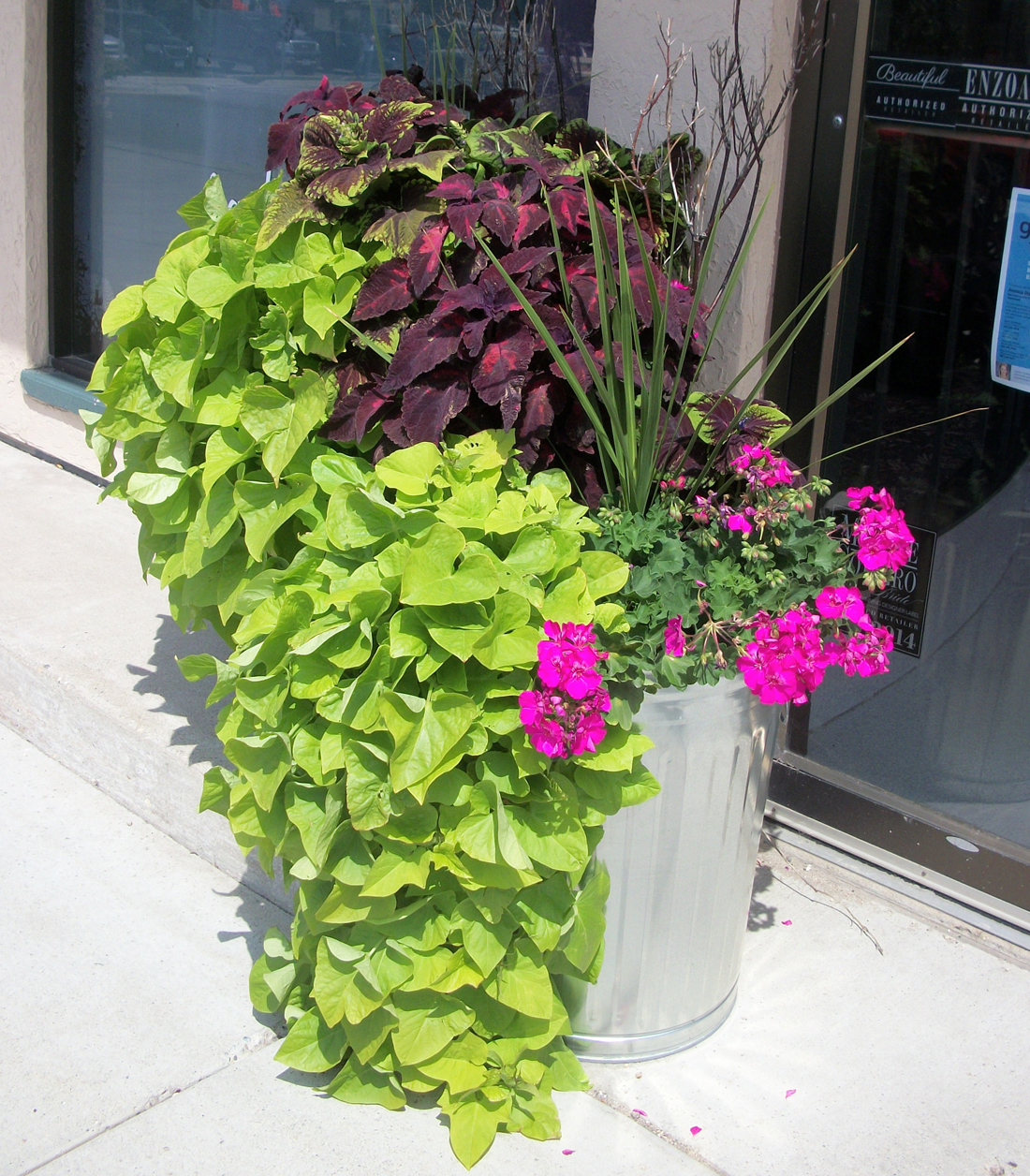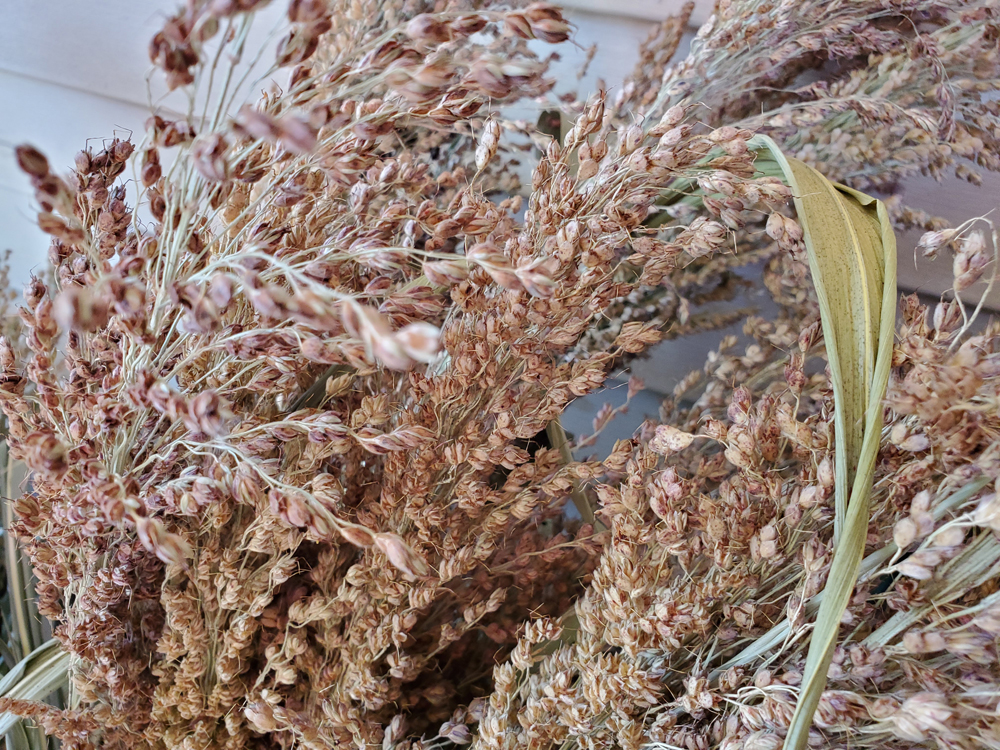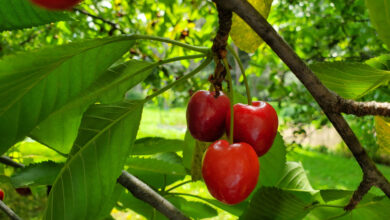Native spring ephemerals for your garden
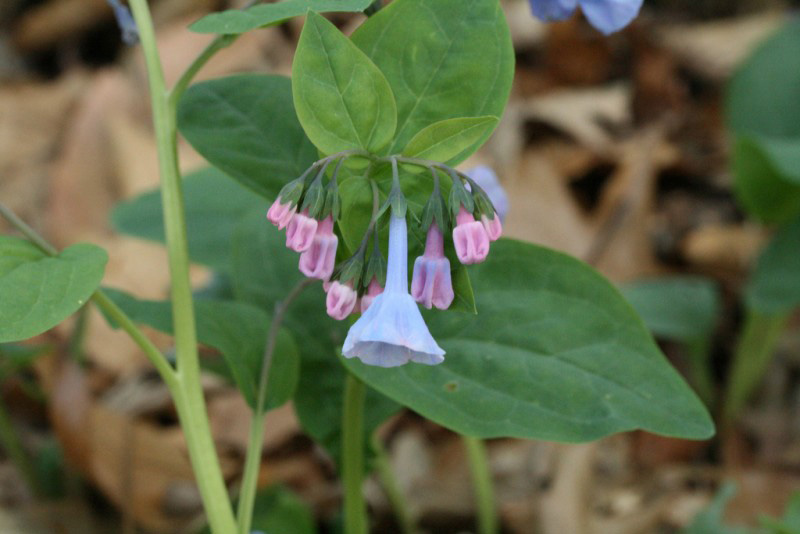
You have probably enjoyed them during nature walks, or walks down your own road during spring – native spring ephemeral plants. These are wildflowers that bloom, set seed, and die back before the leaf canopy blocks the sunlight on or near the woodland floor.
Ephemeral spring wildflowers are native to the eastern U.S. and Canada and the Brooklyn Botanic Gardens says they thrive on the floor of rich, undisturbed woodlands. The moist and partly-shaded environment provides for a fascinating method of seed dispersal – myrmecochory – or seed dispersal by ants. Spring ephemerals produce fatty external appendages called elaiosomes to which ants are attracted. They carry them back to their nests to feed to their young. Seeds remain unharmed and become part of a rich composting stew that stimulates germination. Ants from a single colony can collect as many as one thousand seeds each season, usually dispersing them just a few meters from the parent plant.
Spring ephemerals also have a special relationship with native insects, including bumble bees and solitary native bees such as Andrena erigeniae and Andrena erythronii. Exotic honeybees are not effective pollinators for spring ephemerals. Spring ephemerals play a vital role in the forest ecosystem; stabilizing soils, contributing important nutrients, and sustaining those native bee populations.
Spring ephemerals face numerous threats, including natural obstacles to pollination, human activity, overpopulations of herbivores like deer, and exotic plants.
If you live near a wooded area or have a wooded area on your property, you may already have these plants growing in your landscape. If you have a shaded area that allows for dappled sunlight in spring, you can grow these important plants.
Penn State Extension has several recommendations for spring ephemerals for residential gardens including Virginia Spring Beauty, which has delicate pink and white striped blooms. It can grow en masse and cover the ground, creating a colorful floor for the springtime woods. It tolerates shade and sun, rich moist soil and even drier soil, and has a longer blooming time than other wildflowers.
Virginia bluebell creates drifts of blue when its showy clusters of pendulous flowers open. Bluebells will reseed themselves when they have the right conditions – moist, well-drained soil and part to full shade. Plant them with perennials or annuals because the foliage will die back by summer.
Mayapples have umbrella-like leaves and create a miniature forest-like effect in your garden. The glossy leaves hide delicate white flowers. The plant likes moist, well-drained soil in part to full shade, which helps them to self-seed. The golden-yellow fruits are eaten by mammals and the Eastern box turtle. Again, mayapples go dormant in the summer – plant with perennials or annuals.
Trilliums take years from seed to flower, but when they do flower, they cover the woodland floor with showy, three-petaled blossoms of white. The blooms are highlighted by three green leaf-like bracts.
DO NOT harvest spring ephemerals from the woods; purchase them from reputable sources. Look for “nursery propagated” on plant labels, not “nursery grown.” http://WNYprism.org lists native plant suppliers on their website.
The Brooklyn Botanic Garden recommends siting spring ephemerals in well-drained acidic soil in dappled sunlight. Plant the rootstock of young plants two to three inches deep. Handle corms carefully as root damage can stunt the plants. Keep the soil moist throughout the spring. The plants can take some summer drought, but need moisture again in the fall for root growth. To conserve moisture, mulch with shredded leaves in the fall or very early spring – larger leaves can inhibit plants from emerging.
